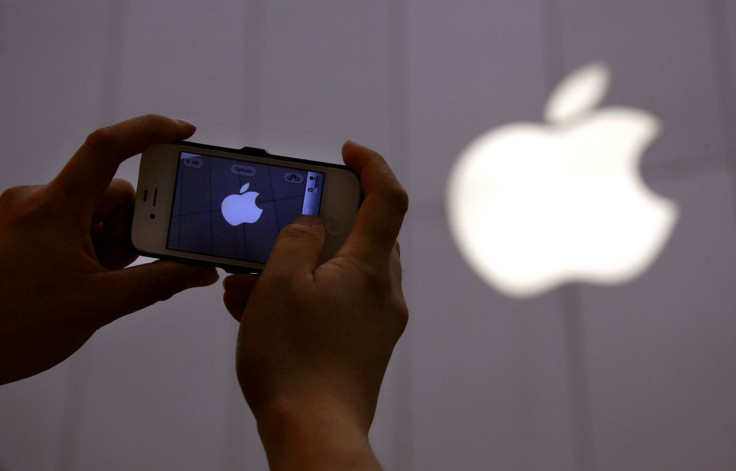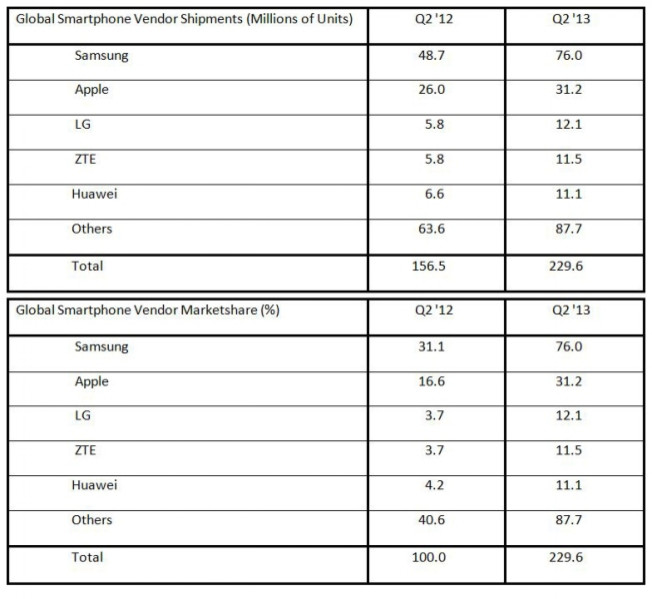Apple iPhone 6: Company Needs To Release 5-Inch iPhone, Low-Cost Model To Win Stiff Competition: Analyst

Apple (NASDAQ:AAPL) might have surprised investors by reporting higher-than-expected iPhone sales in its third-quarter earnings results, but many within the tech world believe that the company is losing market share to rival manufacturers worldwide.
Now, if a new report from Strategy Analytics is to be believed, the iPhone is at risk of losing more market share to competitors, and Apple is left with no choice but to offer both a 5-inch iPhone, dubbed the “iPhone 6,” and the rumored low-cost model of the flagship smartphone.
“The current iPhone portfolio is under-performing and Apple is at risk of being trapped in a pincer movement between rival 3-inch Android models at the low-end and 5-inch Android models at the high-end,” Neil Mawston, executive director at Strategy Analytics, said in a statement.
According to the research report, the Cupertino, Calif.-based tech giant shipped 31.2 million iPhones worldwide in the second quarter of this year, which was up from 26 million units a year earlier. However, the company grew just 20 percent annually during the three-month period ended in June, which is less than half the overall smartphone industry average of 47 percent.
Apple accounted for 13.6 percent of the worldwide smartphone market, which is the lowest since the second quarter of 2010, the research showed.
“Apple’s first priority should be a premium-tier phablet with a 5-inch screen because that is where the largest new revenue pool is located,” Mawston told TechCrunch. “Apple’s second priority should be a lower-cost iPhone to win back some of the customers it is losing to cheaper Android models in Asia, Africa and Latin America.”
Given that Apple’s lack of presence in the “phablet” segment is somewhat responsible for its losing profit share to Samsung (KRX:005935), which shipped more than two times more smartphones than Apple during the quarter, the company needs a 5-inch iPhone that would generate extra value, Mawston said.
According to him, a low-cost iPhone is also crucial for Apple to stay ahead of the curve as it would deliver extra volume for the company.
Overall, the Strategy Analytics report said, global smartphone shipments grew annually to 229.6 million units in the second quarter of this year, up from 156.5 million units during the same period last year, with Samsung accounting for 59 percent of all devices shipped. The South Korean conglomerate grew 56 percent annually and shipped a record 76 million smartphones worldwide, taking 33 percent of the smartphone market in the second quarter.
The report described LG (NYSE:LG) as the “star performer” as its global shipments doubled year-on-year to 12.1 million units. The company was listed as the world's third largest smartphone, capturing 5 percent of the smartphone market.
“The popular Optimus and Nexus models have been the main drivers of LG's success. If LG can expand its retail presence and marketing in major countries such as the U.S. or China, LG could quietly start to challenge Apple for second position,” Linda Sui, analyst at Strategy Analytics, said in the statement.

© Copyright IBTimes 2024. All rights reserved.





















